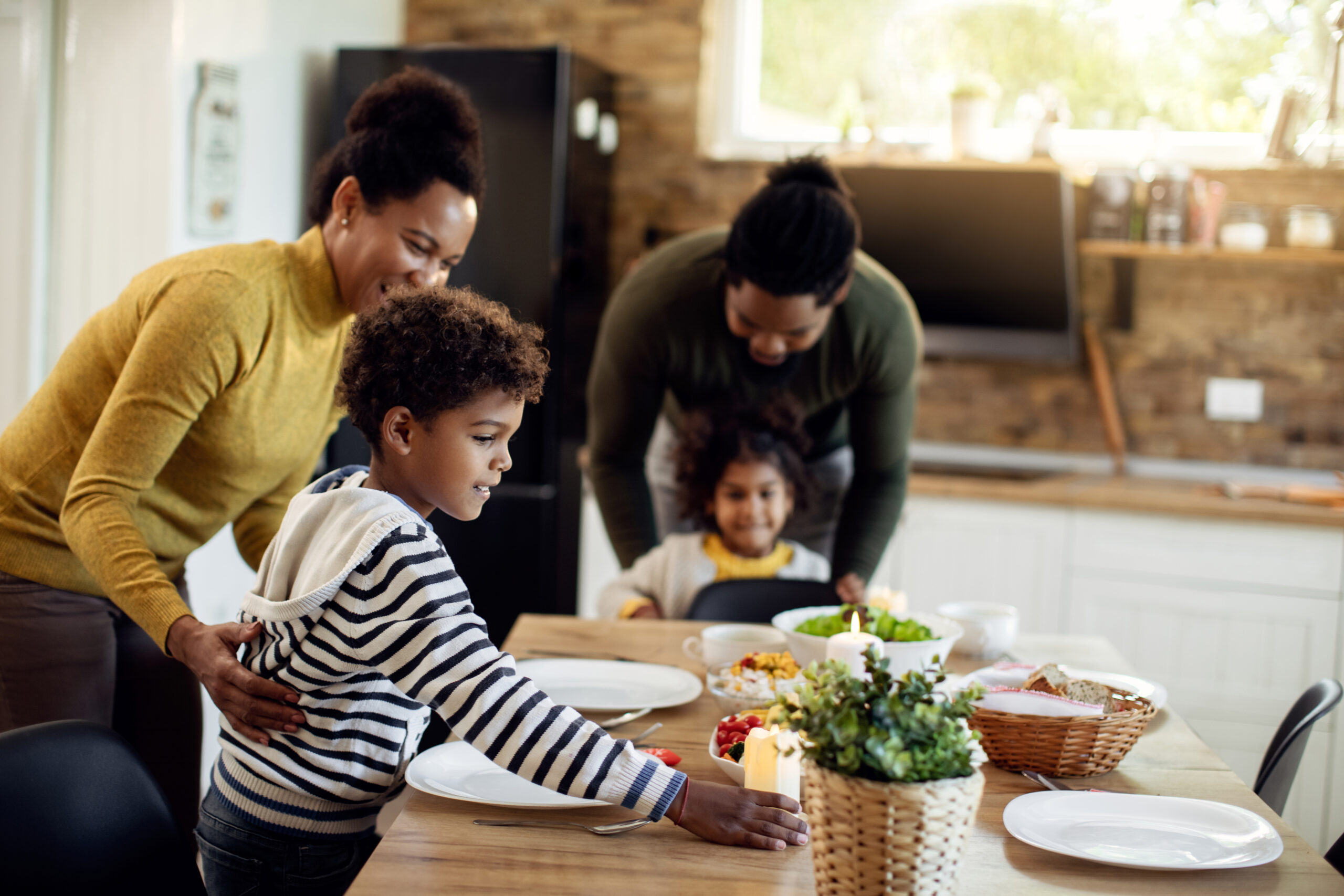Surgeon General’s Social Media Warning Alone Wouldn’t Protect Kids: Experts
The US surgeon general on Monday proposed a bold new step in fighting social media’s negative effects on children, suggesting the government affix social media platforms with a surgeon general’s warning about the inherent risks of being too online.
But social media experts and researchers are mixed on just how effective such a move would be.
In a New York Times op-ed published this week, Dr. Vivek Murthy called for government warning labels on social media platforms, citing recent studies that point to kids’ worsening mental health in an increasingly digital world.
“Adolescents who spend more than three hours a day on social media face double the risk of anxiety and depression symptoms, and the average daily use in this age group, as of the summer of 2023, was 4.8 hours,” Murthy wrote, citing a 2019 American Medical Association study and a 2023 Gallup poll.
While scientific researchers are still hashing out the exact impacts social media has on children, Titania Jordan, chief parent officer at parental controls company Bark Technologies, said parents need only look around to see the ways in which kids are suffering.
“The rates at which young children are struggling with suicidal ideation, exposure to graphic sexual content, drug, and alcohol-related content — dying because of fentanyl-laced pills they’ve bought on Snapchat — the bullying, the depression, the disordered eating, the predators, the violence — all of those are way higher than anyone would imagine,” Jordan told Business Insider.
Last year, Murthy made a similar social media-related plea, issuing a surgeon general’s advisory that urged Americans to pay attention to what he deemed a public health issue. Since then, Meta founder Mark Zuckerberg has testified before Congress about the company’s child safety policies, and legislation focused on online safety for kids continues to work its way through Congress.
But little has actually changed, Jordan said. And kids themselves are increasingly aware of social media’s potential harms. According to one August 2022 study, almost half of all adolescents said social media makes them feel bad about their bodies.
“A warning label via a pop-up on an app isn’t going to be the end-all-be-all to keeping kids safe online, but at least it starts the conversation and levels the playing field,” Jordan said.
A mixed-bag
Karen North, a professor of digital and social media at the University of Southern California, is skeptical about whether a surgeon general’s warning would do much of anything to curb kids’ mental health woes.
“It’s far more complicated than putting a warning on something that is clearly dangerous, like cigarettes or alcohol, because social media is a real mixed bag,” North said. “It’s a true double-edged sword.
While social media has, without question, negatively affected scores of children, many young people have also used the platforms to build community, befriending people they would never have had the chance to meet in “the real world,” North said.
She questioned which platforms would be subject to the surgeon general’s warning. Instagram and TikTok, certainly. But what about something like Duolingo? And what exactly would the warning say, North wondered, noting that social media is rarely exclusively harmful.
Still, a warning — which could only be implemented with Congress’ approval — could have marginal benefits in keeping the conversation around mental health top of mind, North said.
But there’s something even more powerful in fighting social media’s perils, online experts said: Parenting.
Proactive parenting
For most kids, social media use begins at home. Parents set the rules, purchase the smartphones, and model social media behavior.
“We as parents and caregivers have to say no and delay,” Jordan said, echoing Murthy’s call to restrict kids’ social media use until high school.
Kids often point to feeling left out without smartphones or access to social media, said Jordan, who is a parent. She suggested parents resist the urge to bend to their children’s will and instead encourage their kids to focus on spending time with their peers in the physical world.
But what about when social media facilitates connection in the physical world? North, who is also a parent, said when her daughter was in middle school, the tween’s peers exclusively used Snapchat to make plans and organize meetups. Without the app, her daughter would have been left in the dark on social gatherings.
“Someone once said you have to give your kids the tools for success in the world that you’ve placed them in,” she told BI.
Instead of restricting kids’ access to social media entirely, North suggested parents take an active role in teaching their children how to use social media as safely as possible.
“We hand over social media to our kids at a young age, but we don’t do the same thing with crossing the street,” North said. “We take them, time after time, holding their hand and pointing to the stop sign. We tell them to look both ways. We go to great lengths to teach kids how to cross.”
The same should go for using social media, she argued.
“Parents need to teach their kids how to cross the virtual street,” North said.
Are you a parent who has struggled with your children’s social media use? Have you restricted your kids’ access to social media or taken a proactive approach to teaching them how to navigate the digital world? Email the reporter at [email protected] to share your social media stories.



